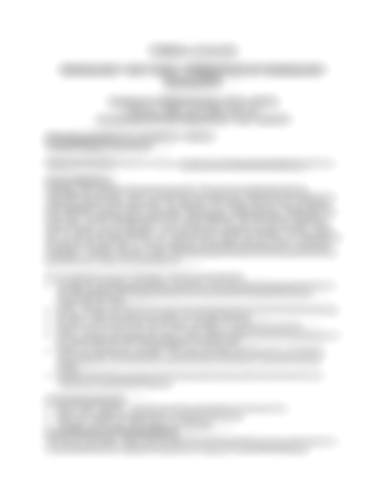
Nilson begins her text by highlighting the limits of a text syllabus: students don't read syllabi, and if they do their comprehension may be low because of densely worded sections. Within the overwhelming silence surround the syllabus genre in Composition studies, I've only had a few conversations about syllabi, and those that I have end with the similar conclusions that Nilson shows us: students don't read syllabi, syllabi are dense. These problems are often associated with student motivation (or lack thereof) rather than construction of the document. Popular higher education sites Inside Higher Ed often feature one disgruntled professor after another touting that they wear shirts that say "It's on the syllabus" or that they refuse to answer student emails. Nilson, however, urges readers to look at the syllabus as a doument first. Does students decide not to read syllabi because they cannot find the information they need? Is student comprehension low because the syllabus is 10 single-spaced pages? Nilson says, perhaps.
In addition to the syllabus' function as a pedagogical tool, Nilson argues that syllabi serve an important function to teachers as active scholarship:
For any given course, your syllabi display your conception of how a field or sub field is organized—or should be organized for the purpose of communicating it—and how students can best master its knowledge and skills…a syllabus can reveal aspects of an instructors teaching philosophy, methodological preferences, and educational policy (7-8).
Nilson suggests that two graphic tools, the graphic syllabus and the outcomes map closes the distance between student comprehension, while still maintaining the importance of the syllabus as a meaning making tool for teachers.